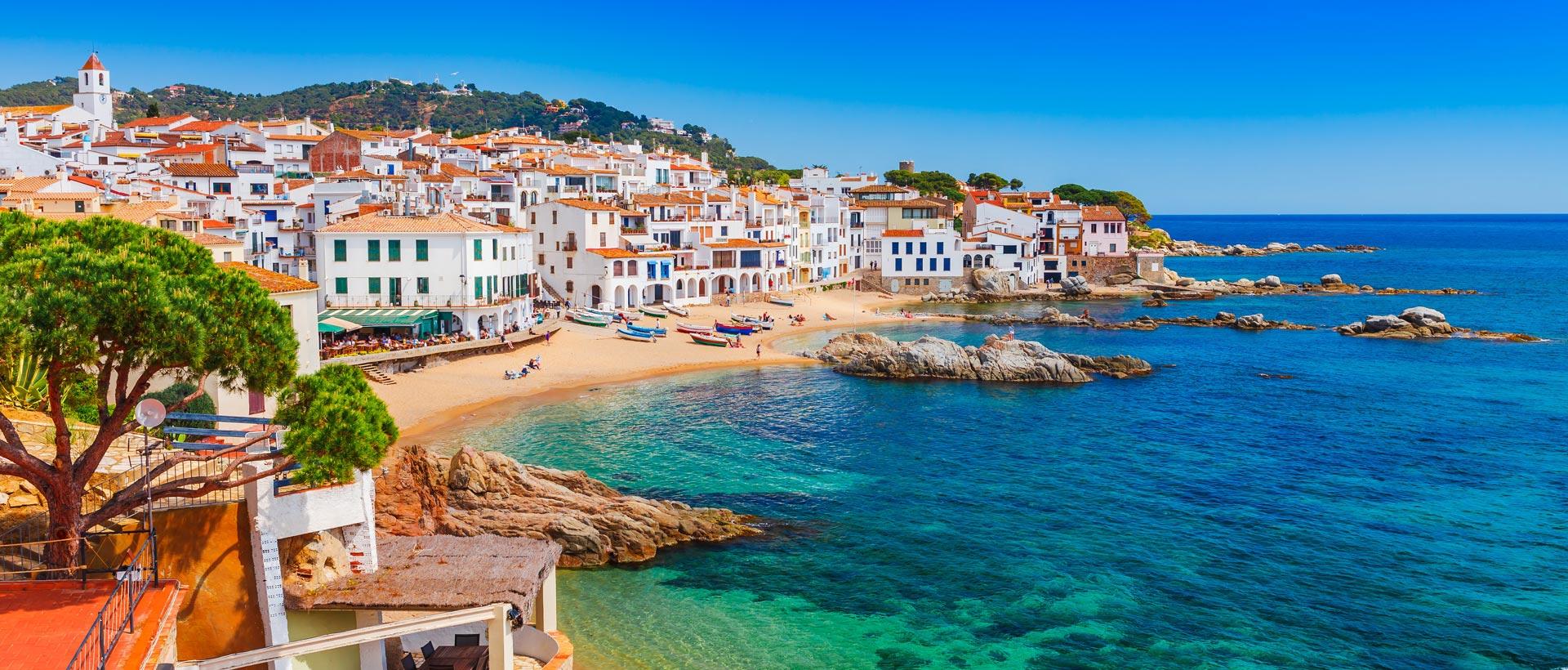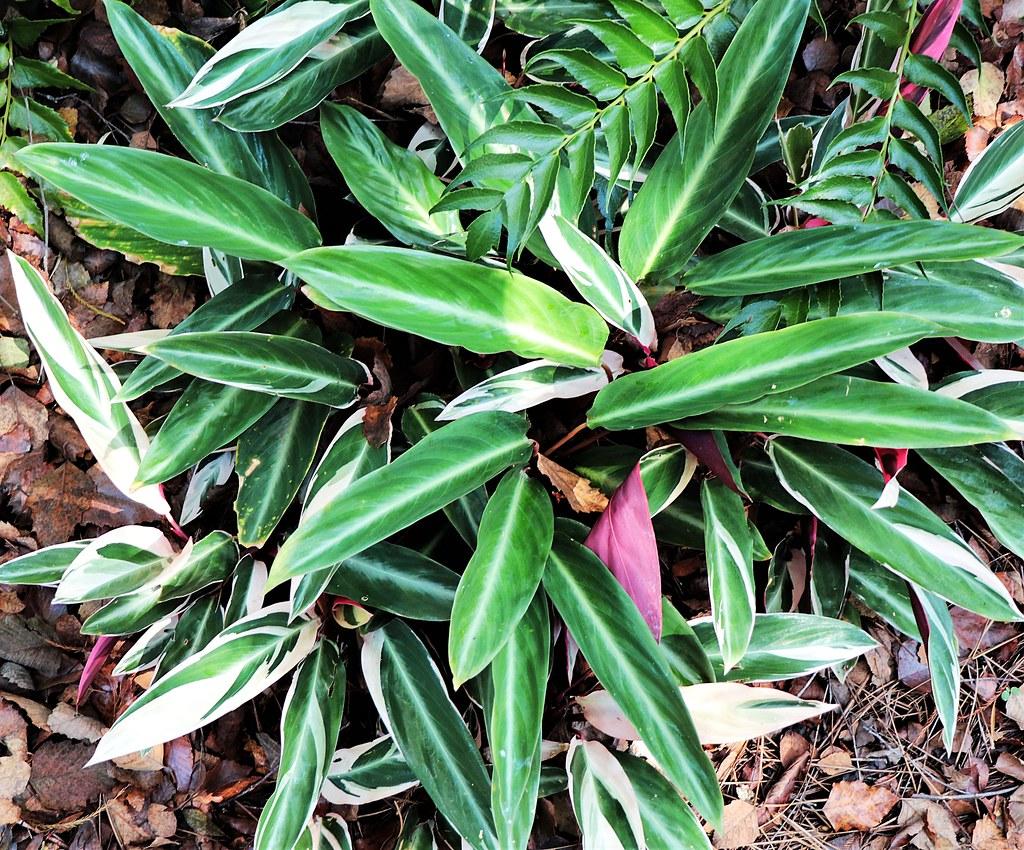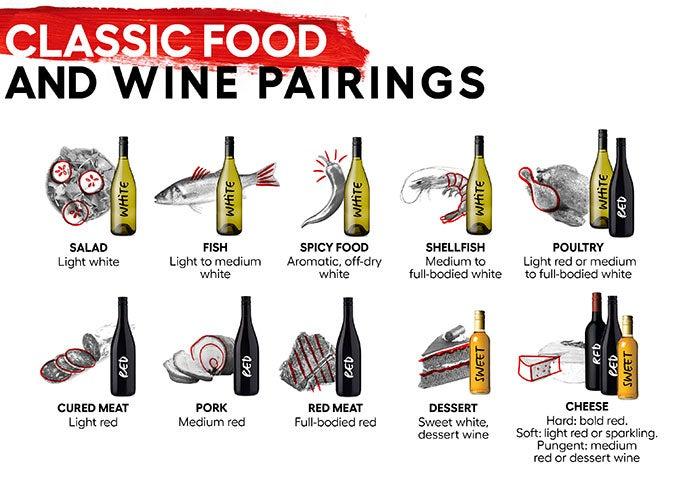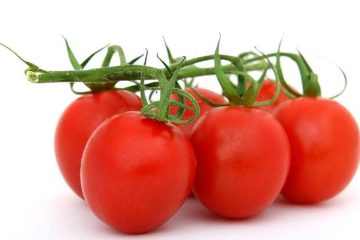Table of Contents
- Exploring Traditional Spanish Cuisine and Its Rich History
- Must-Try Dishes from Spain: A Culinary Journey
- Key Ingredients that Define Spanish Flavors
- The Influence of Regional Variations on Spanish Food
- Wine Pairings: Enhancing Your Spanish Dining Experience
- Q&A
- In Conclusion


Exploring Traditional Spanish Cuisine and Its Rich History
Spain’s culinary landscape is a vibrant tapestry woven from its diverse regions, each contributing its unique flavors and techniques. At the heart of Spanish cuisine lie staples such as olive oil, garlic, and saffron, which are used to create dishes that are rich in aroma and taste. Regional variations foster distinct culinary identities: for instance, Paella from Valencia combines seafood, meats, and rice seasoned with saffron, while Gazpacho, a refreshing cold soup from Andalusia, showcases fresh tomatoes, cucumbers, and bell peppers blended into a vibrant community dish that embodies the spirit of summer.
Traditionally, meals in Spain are a communal affair, reflecting the country’s social culture. Tapas, or small plates, are a quintessential part of this experience, allowing friends and family to share a variety of flavors and textures. Common tapas include patatas bravas (spicy potatoes), chorizo al vino (chorizo in wine), and pimientos de padrón (small fried peppers). The ritual of sharing these dishes encourages conversation and connection, making each gathering a celebration of culinary heritage. Local festivals often highlight traditional cooking methods, with communal paella dishes or large-scale barbecues drawing communities together.
The history of Spanish cuisine is as rich and complex as the land itself, shaped by influences that span centuries. The Moors introduced herbs and spices that enhanced flavors and techniques, while the discovery of the New World brought ingredients such as tomatoes, potatoes, and chocolate into the Spanish pantry, forever changing how food is prepared and enjoyed. Below is a simple table highlighting some key ingredients and their origins:
| Ingredient | Origin |
|---|---|
| Olive Oil | Ancient Greeks and Romans |
| Garlic | Central Asia, Mediterranean |
| Saffron | Middle East |
| Tomatoes | New World (Americas) |
| Chorizo | Spanish and Portuguese heritage |


Must-Try Dishes from Spain: A Culinary Journey
Embark on a tantalizing tour of Spain’s culinary landscape, where every dish tells a story steeped in tradition and regional flair. Paella, perhaps the most iconic Spanish dish, originates from the beautiful region of Valencia. This vibrant rice dish is often made with a mix of succulent seafood, tender meats, and a rainbow of vegetables, all infused with the warm flavors of saffron and smoked paprika. Each family in Valencia has its own recipe, making it a beloved staple that varies wonderfully from one kitchen to another.
Don’t miss the opportunity to indulge in tapas, the original social dining experience. These small plates celebrate a variety of flavors and textures, ranging from patatas bravas (spicy potatoes) to gambas al ajillo (garlic shrimp). The beauty of tapas lies in their diversity; you can create your own tasting menu to share with friends while sipping on a glass of wine or a zesty sangria. Some popular tapas to consider are:
- Chorizo al vino – Spicy sausage simmered in red wine.
- Jamón ibérico - A premium cured ham that melts in your mouth.
- Queso manchego – A rich sheep’s milk cheese that pairs beautifully with olives.
For a sweet finish to your meal, savor the delightful churros dipped in thick chocolate. This beloved treat hails from Spanish street stalls and cafes, ideally enjoyed fresh and hot. In some regions, you might also encounter flan, a creamy caramel custard that delivers a perfect balance of sweetness and texture. The culinary heritage of Spain is as diverse as its landscape, offering flavors and experiences that invite you to savor every moment.


Key Ingredients that Define Spanish Flavors
Spanish cuisine is a vibrant tapestry of flavors created through a selection of distinct ingredients that embody the culture and traditions of the regions they come from. Central to these flavors is olive oil, a staple in nearly every dish, providing a rich, fruity base that enhances both savory and sweet profiles. Its versatility allows it to shine in everything from drizzling over grilled vegetables to infusing paella. Another vital component is saffron, the world’s most precious spice, known for its ability to impart a golden hue and a unique, aromatic taste, especially in traditional dishes like risotto and bouillabaisse.
Equally significant are paprika and garlic, which add depth and warmth to the culinary palette. The smokiness of Spanish paprika, particularly from regions like La Vera, brings a complex flavor dimension to stews and meat dishes. Garlic, often used liberally, adds an aromatic punch and is commonly found in staple sauces like alioli and romesco. The combination of these flavors creates a symphony that is quintessentially Spanish, resonating across various traditional dishes.
Additionally, the use of fresh herbs, such as parsley and thyme, infuses dishes with color and fragrance while balancing out the richness other ingredients provide. The abundance of seafood, especially in coastal regions, showcases the Mediterranean influence on Spanish cooking. Notably, chorizo, a robust Spanish sausage, introduces a delightful spiciness to many recipes. These key ingredients, each contributing its unique character, are what bring Spanish dishes to life and allure food lovers from around the globe.


The Influence of Regional Variations on Spanish Food
Spanish cuisine is a vibrant tapestry woven from the diverse threads of its regions. Each area boasts unique ingredients, flavors, and traditional dishes that reflect the local culture and climate. For instance, in the north, you’ll find a heavy emphasis on fresh seafood, with provinces like Galicia celebrating their coastal bounty through dishes like pulpo a la gallega (Galician-style octopus) and empanadas. Meanwhile, regions such as Andalusia shine with hearty stews and tapas, influenced by a rich history of Moorish occupation that introduces spices like cumin and saffron.
One of the most notable aspects of Spanish culinary diversity is the use of local produce and livestock. Consider the following regional specialties:
- Paella from Valencia, made with locally sourced rice and saffron
- Chorizo from La Rioja, renowned for its smoky flavor
- Mojo sauce from the Canary Islands, highlighting local herbs and spices
These ingredients not only reflect the geography of their origins but also the cultural influences that shaped them. Additionally, climate plays a crucial role in determining what can be grown or raised in each region. For example, the fertile valleys of the Ebro River produce excellent vegetables and fruits, while the harsher, drier landscapes of Extremadura are known for robust cured meats like jamón ibérico. The interplay between local ecosystems and food traditions creates a culinary landscape that is authentic and deeply rooted in the Spanish way of life.


Wine Pairings: Enhancing Your Spanish Dining Experience
When it comes to Spanish cuisine, the right wine can elevate each dish, amplifying flavors and making the dining experience truly unforgettable. In Spain, wine is more than just a beverage; it’s an integral part of the culture. From the robust reds of Rioja to the refreshing whites of Rueda, here are some ideal pairings to enhance your meal:
- Paella: A classic dish where saffron-infused rice meets a medley of seafood or meats. Pair it with a chilled Albariño for a delightful balance of aromatic flavors.
- Tapas: Small plates bursting with variety. Consider a Rosé or a light-bodied Tempranillo to complement the diverse offerings, from salty olives to jamón ibérico.
- Chorizo al Vino: This spicy sausage thrives on richness. An aging Rioja will harmonize with the smoky flavors, creating a robust encounter.
| Dish | Suggested Wine | Tasting Notes |
|---|---|---|
| Gazpacho | Verdejo | Crisp and refreshing with hints of citrus |
| Seafood Paella | Albariño | Aromatic with stone fruit and minerality |
| Flan | Sweet Pedro Ximénez | Rich, syrupy, and like liquid raisins |
Craft your Spanish dining experience by experimenting with these pairings. Don’t shy away from exploring lesser-known wines—sometimes, the best match comes from trying something unexpected. Whether you’re gathering with friends over tapas or enjoying a quiet dinner featuring traditional dishes, the perfect wine can make all the difference in celebrating Spain’s vibrant culinary landscape.




0 Comments